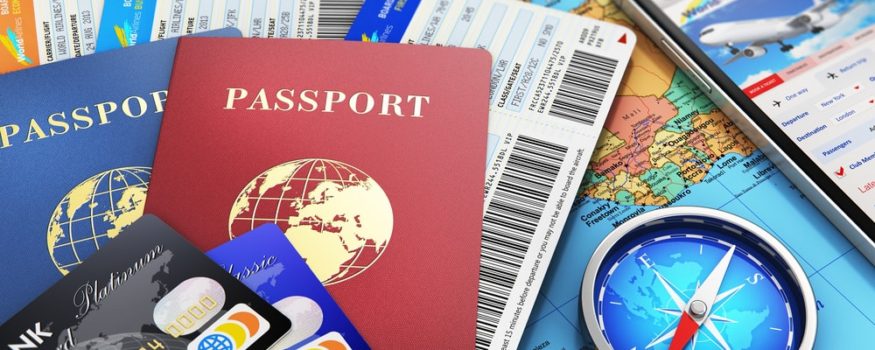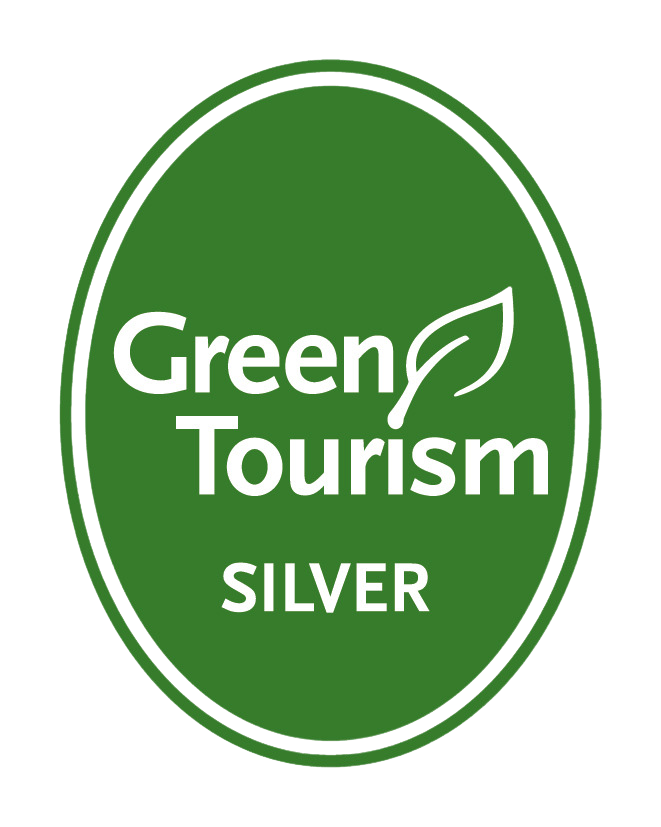The Office of National Statistics have released the final International Passenger Survey (IPS) data covering 2018, which show more muted results compared to the record-breaking 2017.
The UK welcomed 37.9 million overseas visits in 2018, down 3% compared to 2017 and is the first annual decline in visit volume since 2010. This was accompanied by a 7% fall in visitor spending at £22.9 billion – £1.6 billion less than 2017, while the number of nights spent in the UK also fell by 7% to reach 266.1 million nights – the lowest since 2014.
Despite the pound continuing to be low against both the dollar and euro throughout 2018, the figures suggest that other considerations, such as Brexit uncertainties and a global economic slowdown are outweighing the ‘value for money’ factor. It is worth noting however that 2017 was a record-breaking year, and both visit volume and spend are above 2016 levels.
JOURNEY PURPOSE
Holidays were the most popular journey purpose amongst overseas visitors in 2018, accounting for 40% of all visits and 45% of all spend. 31% of journeys were to visit family and friends (VFR), but spending by this group was lower at 25%. Just under a quarter of visits were for business purposes, and spending by this group was in line with visit volume at 22%.
- Despite setting new records in Q3 and Q4, holiday visits fell by 2% overall to 15.1 million, with spending down 3% to £10.5 billion.
- VFR journeys were down 2% to 11.8 million, with spending down 3% to £5.7 billion.
- Business fell 4% to 8.4 million, marking a second year of decline. The fall in business spending outpaced the fall in visit volume at 15% to reach £4.5 billion. Prior to the declines which started in 2017, business visits had generally been in steady recovery since 2009, with records being set in 2016.
- Miscellaneous visits are a combination of a wide range of journey purposes, including (but not limited to) short term study, job seeking, shopping, attending a sports event and more. These visits fell by 16% to 2.5 million, while spending was down 14% at £2.3 billion.
REGIONAL HIGHLIGHTS
Scotland and Yorkshire were the only two regions to see growth in visit numbers in 2018, with both setting new records. Despite a larger overall decline in spending than visit volume, this was not consistent across regions and spending grew in five regions (Scotland, North East, Wales, East Midlands and West Midlands) in 2018.
- London experienced a 4% decline in visit numbers to just over 19 million, while spending fell by 9% to £12.3 billion.
- The Rest of England saw visits fall by 5% to 15.7 million, and spending fell 4% to just under £7.5 billion.
- Scotland saw the largest regional growth with visits up 10% to a record 3.5 million. However, spending in this region did not reflect the growth in visit volume and by 3% to £2.2.billion, although this is still the second highest level of annual visitor spend in Scotland.
- Yorkshire was the only other region to see growth in visit volume which was up 4% to reach a record 1.39 million. Spending also increased by 6% to reach a record £604 million.
- The North East saw the largest growth in visit spend, up 21% to £293 million despite a 16% fall in visit numbers to 466,000.
- Similarly, the East Midlands saw visitor spending up 16% to a record £527 million, despite a 2% drop in visit volume to 1.3 million, while spending in the West Midlands was up 4% to £836 million despite an 8% drop in visit numbers at 2.1 million.
- Wales saw a 10% increase in visitor spending to reach £2.2 billion, after being the only region in 2017 to experience a decline. This was achieved despite a 13% fall in visit numbers at 941,000 and driven by particularly strong Q1 and Q4 results.
MARKET HIGHLIGHTS
- China. Visits were up 16% to a record 391,000, however despite record breaking spend in Q1 and Q4, a decline during the middle of the year saw overall spending fall 5% to £657 million.
- India. Following significant growth in 2017, visits from India in 2018 fell by 9% to 511,000 although spending was up 8% to reach a record £491 million.
- USA. Visits from this market were down 1% to 3.9 million, accompanied by an 8% drop in spending to £3.37 billion. Despite this, the USA overtook France as the UK’s largest inbound market by volume and remains the most valuable market for visitor spend.
- France. Visits from France were down 7% compared to 2017 at 3.7 million, following seven consecutive quarters of year-on-year declines. Visitor spend fell 3% to £1.38 billion – still some way off the record £1.5 billion spent in 2012.
- Germany. Visits and spend were both down 4% to reach 3.3 million visits and £1.5 billion respectively.
- Australia. After a strong 2017, visits from Australia were down 8% to just over 1 million, while spending fell 13% to just over £1 billion.
- GCC. This group consists of visitors from Bahrain, Kuwait, Oman, Qatar, Saudi Arabia, and United Arab Emirates. Visits from these countries were up 3% on 2017 to a record 836,000, however spending fell by 25% to £1.7 billion.
- Markets that saw visit volume reach new records include:
- Austria (up 5% to 322,000; spending down 21% to £147 million)
- Israel (up 5% to 278,000; spending down 9% to £229 million)
- Saudi Arabia (up 3% to 166,000; spending down 51% to £424 million)
- Taiwan* (up 16% to 81,000; spending up 30% to £85 million)
- Ukraine* (up 43% to 92,000; spending down 34% to £29 million)
- Markets that saw visitor spend reach new records include:
- Canada (up 12% to £676 million; visits up 2% to 850,000)
- Croatia* (up 23% to £38 million; visits up 22% to 55,000)
- New Zealand (up 19% to £255 million; visits down 2% to 216,000)
- Phillipines* (up 29% to £46 million; visits down 2% to 45,000)
- Thailand (up 35% to £147 million; visits down 1% to 93,000)
- Markets that saw both visit volume and visitor spend reach new records include:
- Bulgaria (up 2% to 266,000; spending up 8% to £114 million)
- Hong Kong (up 6% to 243,000; spending up 29% to £385 million)
- Hungary (up 5% to 437,000; spending up 1% to £138 million)
- Lithuania (up 14% to 372,000; spending up 44% to £117 million)
- Qatar (up 37% to 108,000; spending up 19% to £228 million)
- Romania (up 5% to 987,000; spending up 60% to £479 million)
- Serbia* (up 1% to 46,000; spending up 12% to £31 million)
- Spain (up 5% to 2.5 million; spending up 5% to £1.1 billion)
The full summary report can be downloaded at the link below.











